What Happened
At its August meeting, EPA’s Children’s Health Protection Advisory Committee (CHPAC) heard from agency’s new leadership in its offices[1] about their priorities. The message was that reducing lead exposure was a top priority. Teresa Booeshaghi, Deputy Assistant Administrator for Policy, at Office of Land and Emergency Management (OLEM) was the most compelling messenger as she highlighted efforts to implement the office’s cleanup guidance for lead that was issued in January 2024. See our blog praising the guidance. From Unleaded Kids perspective, the event was reassuring given the broader talk of deregulation as an administration priority.
Last week, EPA’s OLEM rolled back the action levels in the cleanup guidance in three critical ways:
- Weakens Removal Management Level (RML) of 200 ppm so it is now three times higher at 600 ppm. RMLs are screening tools used to help prioritize and define areas that may pose the greatest threat to human health.
- Eliminates 100 ppm as Removal Screening Level (RSL) where EPA regions identified an additional source of lead. If there is no additional source of lead, the RSL is 200 ppm.[2] RSLs are screening tools used to help identify and define areas that may need further evaluation. With the change, the RSL is a uniform 200 ppm.
- Sets a target children’s blood lead level of 5 micrograms per deciliter (µg/dL) even though CDC’s Blood Lead Reference Value is 3.5 µg/dL.[3]
EPA’s rationale was that having two RSLs (100 ppm if additional source of lead and 200 ppm if soil is only source) was too complicated and resulted in inconsistent implementation. It also claimed that 100 ppm “was set below background lead concentrations in many areas, such as urban or historically mined areas, which further limited the ability to rapidly assess and remediate lead contaminated residential properties.”[4]
Unlike in January 2024, EPA did not evaluate the health implications nor societal costs of weakening the standards.
Why It Matters
EPA’s January 2024 guidance was supported by an extensive analysis of the economic benefits of the change. It considered an option of having one RSL of 200 ppm (but did not go as far as setting the RML at 600 ppm).
As a result, we can get a better understanding of the implications of EPA’s action, though the actual situation is likely worse. This table provides a comparison.
| Comparing EPA 2024 and 2025 Guidance to Pre-2024 Status | ||
| 2024 Guidance | 2025 Guidance | |
| Properties Impacted | 767,356 | 170,973 |
| Incremental Cost | $35 billion | $6.4 billion |
| Incremental Benefits | $24 to $47 billion | $14 to $27 billion |
| # of children benefiting from reduced IQ point loss | 660,376 | 211,806 |
| # of adults benefiting from reduced lead exposure. | 1.4 million | 0.36 million |
| # of person-years* saved due to reduced premature mortality from heart disease. | 24.1 million | 7.3 million |
| Based on Exhibit ES-7 in EPA’s January 2024 Economic Assessment. * Person-years of exposure indicates the numbers of individuals who could be affected each year summed across the entire benefits analysis period. | ||
Our Take
Actions matter more than rhetoric. This action undermines EPA’s claims that protecting children is a priority. The guidance puts 450,000 children and 1 million adults at greater risk of IQ loss and premature death.
Worse, its lack of transparency is disturbing. EPA should be honest with the public about the implications of its action on health. Rather than blaming complexity and confusion for weakening action levels, it should better manage their implementation.
Finally, EPA’s choice of 5 µg/dL as a target blood level instead of CDC’s Blood Lead Reference Value of 3.5 µg/dL, especially without explanation, creates far more confusion and inconsistencies than its failure to more effectively manage its cleanup programs.
EPA needs to reverse its decision and return to the January 2024 guidance. If it doesn’t, Congress should do it.
[1] See agenda. The panelists were Becky Keogh, Associate Administrator, Office of Policy; Teresa Booeshaghi, Deputy Assistant Administrator for Policy, Office of Land and Emergency Management; Peggy Browne, Principal Deputy Assistant Administrator, Office of Water; Lynn Dekleva, Deputy Assistant Administrator for New Chemicals, Office of Chemical Safety and Pollution Prevention; and Kyle Kunkler, Deputy Assistant Administrator for Pesticides, Office of Chemical Safety and Pollution Prevention. Abbie Tardif, Principal Deputy Assistant Administrator, Office of Air and Radiation was scheduled to attend but was pulled away.
[2] In the January 2024 guidance, EPA provides the following examples: lead water service lines, lead-based paint, non-attainment areas where the air lead concentrations exceed National Ambient Air Quality Standards [NAAQS].
[3] In its 2024 guidance, EPA said its model did not evaluate blood lead levels below 5 µg/dL, so it justified the 100 ppm RSL based on “a qualitative understanding of uncertainties that may exist in applying the model outside the evaluated range.”
[4] EPA provides not citation for this claim that background lead concentrations in soil are over 100 ppm in many areas. It does not appear consistent with survey data collected by the U.S. Geological Survey.
